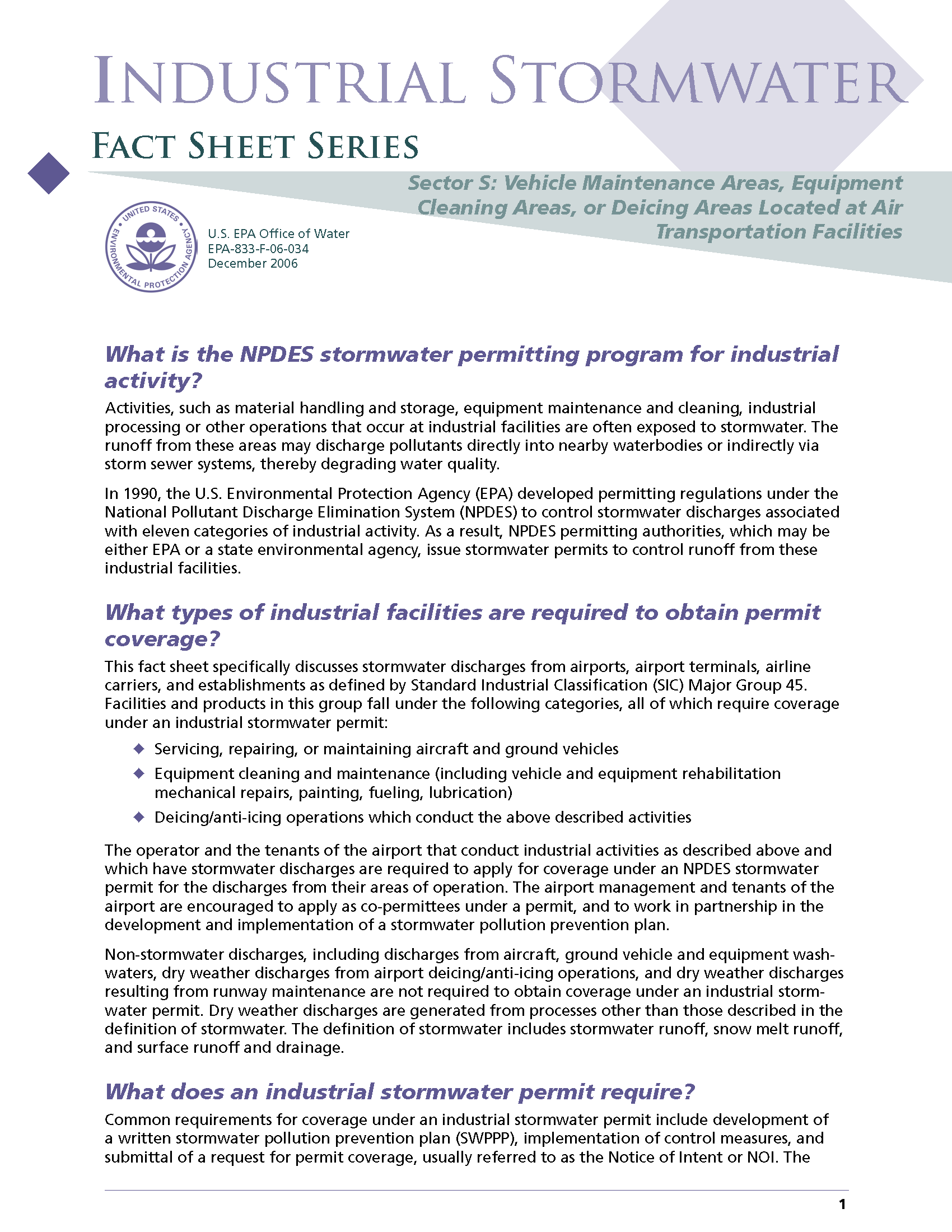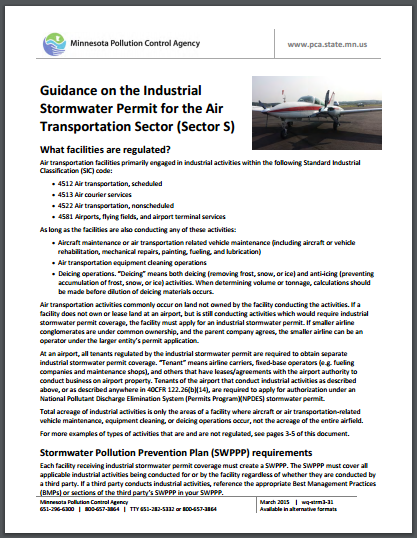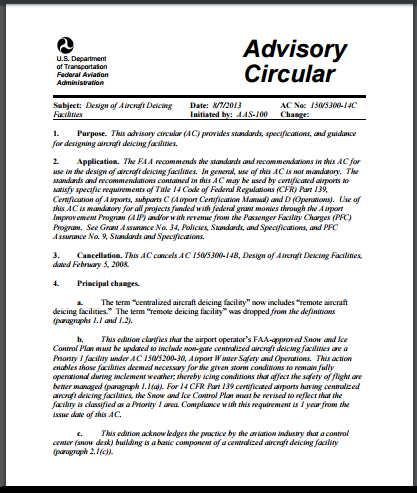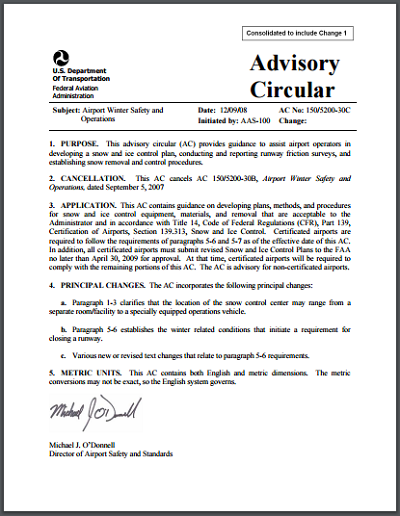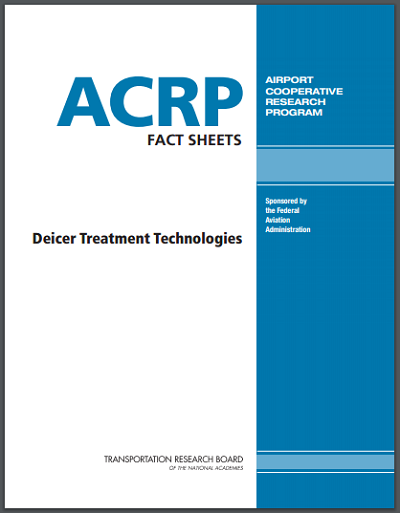< Return to Stormwater Regulations & Permitting
Regulatory Summary: Industrial Stormwater Permitting
Why must certain industrial sites get stormwater permits?
Industrial facilities have a wide variety of raw materials, production processes, treatment technologies used, and pollutants discharged based on the type of industry and specific facility characteristics. The operations, however, generally are carried out within a clearly defined area under the operational control (usually) of a single entity. Thus, to minimize the impact of stormwater discharges from industrial facilities, the National Pollutant Discharge Elimination System (NPDES) program includes a stormwater permitting component specific to this category.
What types of industrial sites are required to obtain NPDES stormwater permits?
The Environmental Protection Agency (EPA) identifies specific categories of regulated industrial activities that require authorization under an NPDES industrial stormwater permit to discharge stormwater to a municipal separate storm sewer system (MS4) or directly to waters of the United States.
For more information regarding the scope of the NPDES stormwater program, search the internet using the following keywords: EPA NPDES stormwater program.
Because of the large number of industrial facilities requiring permits, EPA and most NPDES-authorized states choose to issue general permits to regulate these stormwater discharges when possible. EPA’s industrial general permit, the Multi-sector General Permit (MSGP) includes industry-specific “chapters” that describe compliance requirements tailored to activities in each industrial sector. The requirements only apply to areas within a facility where the sector-specific activities occur.
The MSGP is EPA’s alternative to issuing individual permits to each of the thousands of industrial stormwater dischargers. Individual permits require facilities to submit detailed application forms on which the permitting authority develops a facility-specific NPDES permit, which results in significant time and expense by both the permitting authority and permittee. Conversely, the MSGP provides a permit that is written to cover a wide range of industrial and commercial activities and includes requirements that apply more broadly to this universe of dischargers. To obtain coverage under the MSGP, facilities submit a simple Notice of Intent form in lieu of the more detailed application.
Most states use EPA’s MSGP as a model for their state general permits.
EPA’s regulations identify the following 11 industrial categories required to apply for NPDES permits for stormwater discharges associated with industrial activity [40 CFR § 122.26(b)(14)(i – xi)]:
-
- Facilities subject to stormwater effluent guidelines, new source performance standards, or toxic pollutant effluent standards under Parts 400–471 (Subchapter N).
- Certain heavy manufacturing facilities (lumber, paper, chemicals, petroleum refining, leather tanning, stone, clay, glass, concrete, ship construction).
- Active and inactive mining operations and oil and gas operations with contaminated stormwater.
- Hazardous waste treatment, storage, or disposal facilities, including Resource Conservation and Recovery Act (RCRA) Subtitle C facilities.
- Landfills, land application sites, open dumps, and RCRA Subtitle D facilities.
- Recycling facilities, including metal scrap yards, battery reclaimers, and auto and other salvage yards.
- Steam electric-power-generating facilities, including coal-handling sites.
- Transportation facilities that have vehicle maintenance shops, equipment cleaning operations, or airport deicing operations.
- Major publicly owned treatment works sludge-handling facilities, including on-site application of sewage sludge.
- Construction activities that disturb 5 acres or more (see related summary: Construction Stormwater Permitting).
- Light industrial manufacturing facilities. Sector S in the MSGP contains compliance requirements for air transportation activities, which are defined as vehicle maintenance, equipment cleaning operations, and deicing operations.
Operators of industrial facilities that are federally, state, or municipally owned or operated that meet the above descriptions must also submit applications. At the same time, not all of the stormwater from these sites is specifically regulated. Only discharges of stormwater that is directly related to manufacturing, processing, or raw materials storage areas at an industrial plant, or that commingles with stormwater from those areas, are subject to the industrial stormwater requirements. Administrative and non-industrial areas are mostly exempt from permitting.
Stormwater discharges from industrial facilities that have no exposure of industrial activities or materials to stormwater may be conditionally excluded from the stormwater permitting program. To qualify for the no exposure exclusion, the industrial operator must complete a no exposure certification form and submit it to the permitting authority once every 5 years.
For more information on the conditional no exposure exclusion, search the internet using the following keywords: EPA NPDES stormwater exposure.
In instances where the permitting authority determines that the conditions and/or requirements in the general permit are not sufficient to adequately protect receiving waters, an industrial stormwater discharge may be authorized under an individual permit. For airports, this is most frequently the case where large-scale deicing operations are conducted. Individual permits contain both standard conditions applicable to all permitted discharges, as well as facility-specific compliance requirements based on the nature of the discharges and sensitivity of the receiving waters.
For more information on individual NPDES permits, refer to ACRP Report 169: Clean Water Act Guidebook for Airports. Search the internet using the following keywords: ACRP Clean Water Act Guidebook.
What are typical airport industrial stormwater permit conditions?
Each industrial facility covered under an EPA-issued stormwater general permit must meet the numeric and non-numeric effluent limitations in the general permit, including sector-specific requirements and limitations. For air transportation facilities, these conditions are listed in Sector S of the permit. Permitted facilities typically meet those effluent limitations and benchmarks by implementing control measures, including best management practices that control the discharge of pollutants associated with their industrial activity.
EPA’s Guidance Manual for the Preparation of NPDES Permit Applications for Stormwater Discharges Associated with Industrial Activity assists facility operators in applying for an NPDES permit.
Search the internet using the following keywords: EPA guidance manual NPDES permit application preparation stormwater industrial.
EPA and state-issued stormwater general permits generally require the industrial facility to develop and implement a site-specific stormwater pollution prevention plan (SWPPP). The SWPPP describes the control measures, whether structural or nonstructural, that are used for controlling stormwater discharges from the facility. EPA’s MSGP identifies the required documentation in the SWPPP, including the following:
-
- Descriptions of potential pollutant sources at the facility, including a map of the facility indicating the drainage areas of the site and the industrial activities that occur in each drainage area; an inventory of materials that could be exposed to stormwater; descriptions of the likely sources of pollutants from the site; predictions regarding the pollutants likely to be present in the stormwater; and any history of spills and leaks of toxic and hazardous materials over the past 3 years.
- Identification of specific measures and controls that will be implemented to prevent or minimize stormwater-related pollution including the following: good housekeeping or upkeep of industrial areas exposed to stormwater; preventive maintenance of stormwater controls and other facility equipment; spill prevention and response procedures; testing of outfalls to ensure that there are no illicit discharges; and training employees on pollution prevention measure and controls, and record keeping.
As noted previously, individual NPDES permits for industrial stormwater discharges contain conditions that are tailored to the facility and receiving waters. While the details will vary among such permits, compliance requirements generally include numerical and/or narrative limitations on discharges, monitoring and reporting of stormwater discharges for pollutants related to the activities of concern, other types of compliance documentation and reporting, and special conditions that can cover a wide range of topics.
* * * * * * *


